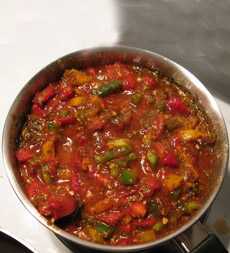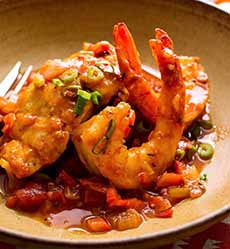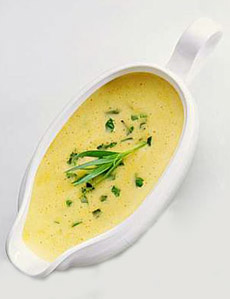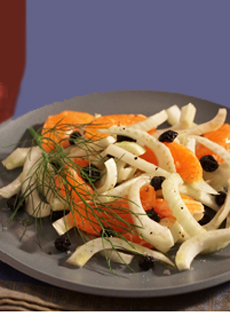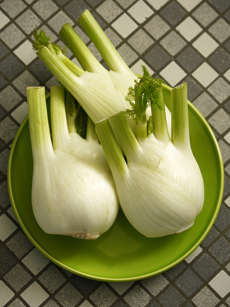Preparation
1. Muddle 1 orange slice, 1 maraschino cherry, bitters and the sugar in an Old Fashioned (rocks) glass. Fill glass 3/4 full of ice.
2. Add Bourbon and splash of club soda. Garnish with additional orange slice and maraschino cherry. For a more impressive garnish, you can fix the cherry to the top of the orange slice with a toothpick.
If bitters and maraschino cherries are not your thing, you can find many Bourbon cocktail recipes at MakersMark.com.
Manhattan Cocktail History
The Old Fashioned is one of the oldest known cocktails, with roots tracing back to the early 19th century, with its first mention dating to the early 1800s.
One popular story attributes the creation of the Old Fashioned to the The Pendennis Club, a gentlemen’s club in Louisville, Kentucky, claims to be the birthplace of the Old Fashioned.
As the story goes, a bartender at the club, James E. Pepper, created the drink in the late 19th century. It is said that he made the cocktail for a customer who wanted a drink made the “old-fashioned way,” leading to the name.
However, there are no clear records as to when the cocktail was invented.
Re “the old-fashioned way”: In the early 19th century, the term “cocktail” was not as specific as it is today. It generally referred to a combination of spirits, sugar, water, and bitters. The Old Fashioned is essentially a refined version of this original cocktail concept (the history of the cocktail).
Purportedly, a club member who was a Bourbon distiller brought the recipe to the Waldorf-Astoria Hotel bar in New York City.
While the specifics of the creation story may be elusive, what is clear is that the Old Fashioned has a long and storied history, and is one of the classic cocktails enjoyed today around the world.
> Find more of our favorite cocktail recipes by pulling down the food categories menu on the upper right.
CHECK OUT WHAT’S HAPPENING ON OUR HOME PAGE, THENIBBLE.COM.
|

